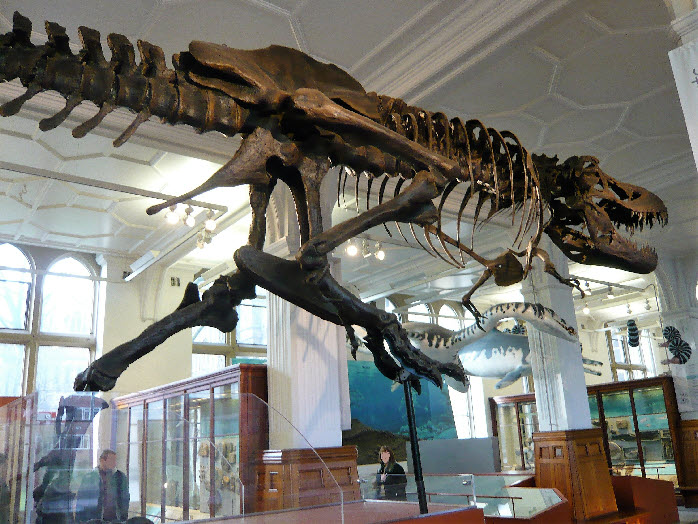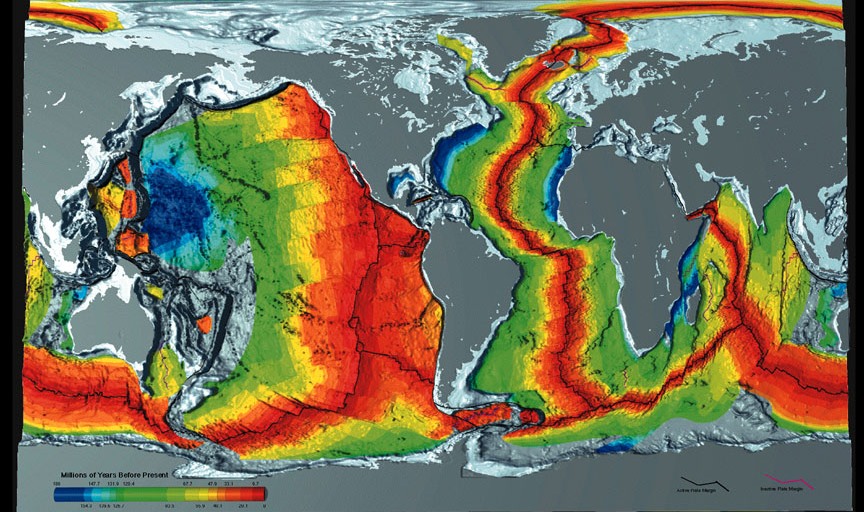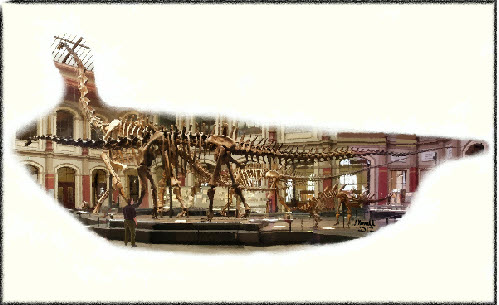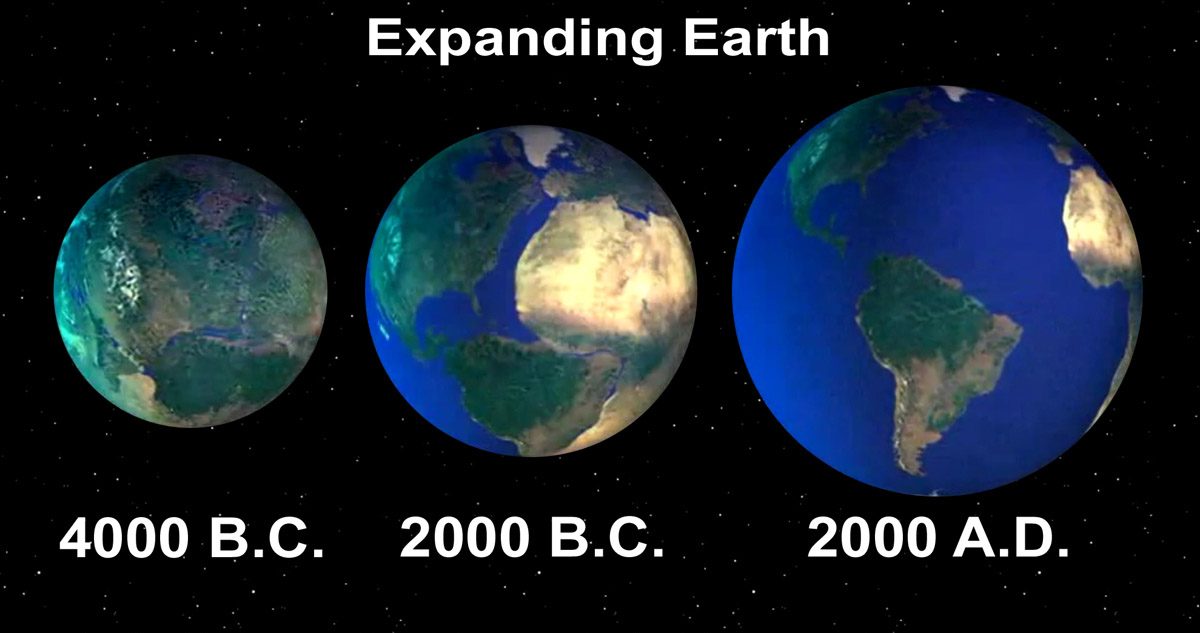Aether(5) Big Bang(8) Big Picture(12) Black Holes(7) Coming(4) Cosmology(7) Dark Matter(4) Documentary(3) Eureka(13) Expansion Tectonics(9) Featured(17) Fight(6) Gallery(2) General Relativity(5) Gravity(3) Math(3) Natural Philosophy(5) News(8) Particle Physics(8) Physics(5) Plate Tectonics(3) Mainstream Problems(26) Quantum Mechanics(6) Relativity(20) Special Relativity(16)
It's time to reflect on the events of 2019. Once again, it's been another busy year for Earth expansion and palaeogravity. >>>think critically...
The press love stories about dinosaurs, especially if it includes everyone’s favourite dinosaur Tyrannosaurus rex (T. rex), so it’s no surprise that a new science study in 2017 was well publicised. The study shows a T. rex’s running ability was limited by the strength of its leg bones. It couldn’t run in our gravity. >>>think critically...
The Lifetime Achievement Award (2017) was bestowed on Maxlow for his work in geology, principally in developing Expansion Tectonics, including the generation of expansion models, in his lifetime pursuit of scientific truth. >>>think critically...
Its been in the news as imminent for years, but it actually took until May 2019 for the the International Committee for Weights and Measures to officially change the definition of the kilogram from an artefact kilogram ( a lump of metal in Paris ) to a multiple of units based on fundamental constants. >>>think critically...
The Ionic Growing Earth (IGE) posits the same 8-elements that started the Earth, heated the planet for the first 3 – 3.5 billion years of its existence (see IGE Fig. 1r below). The arrival of water ~ 1400 mya solidified the molten crust and by ~1200 mya submerged the smaller planet. (~700-800 km radius). Dating the oldest land plants and spores indicates land emerged above water ~470 mya (~1600 ... >>>think critically...
Those of us who have studied ancient gravity in detail generally agree the evidence indicates gravity was much less in the geological past. I even think we can roughly calculate that ancient gravity was about half of today’s gravity 200 million years ago, slowly increasing over hundreds of millions of years to reach its present day level. >>>think critically...
It is well-known that gravity limits the form and size of life. Scientists have been explaining for centuries how and why this happens in numerous science books and papers. >>>think critically...
Did you ever wonder why animals and plants were so huge millions of years ago? It seems that our fascination with the world of the dinosaurs and their sizes is so fascinating, that we forget to ask the "biggest" question. >>>think critically...
This video could change everything you think about modern science and physics. It's implications are huge and watching them over and over to see how all the continents fit together is addictive! >>>think critically...









